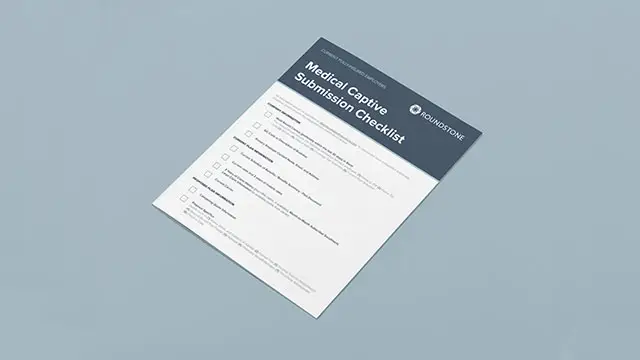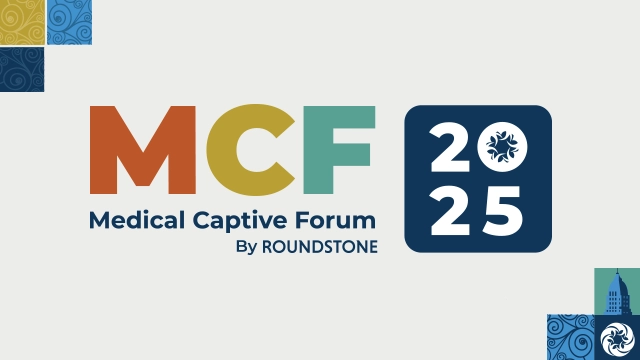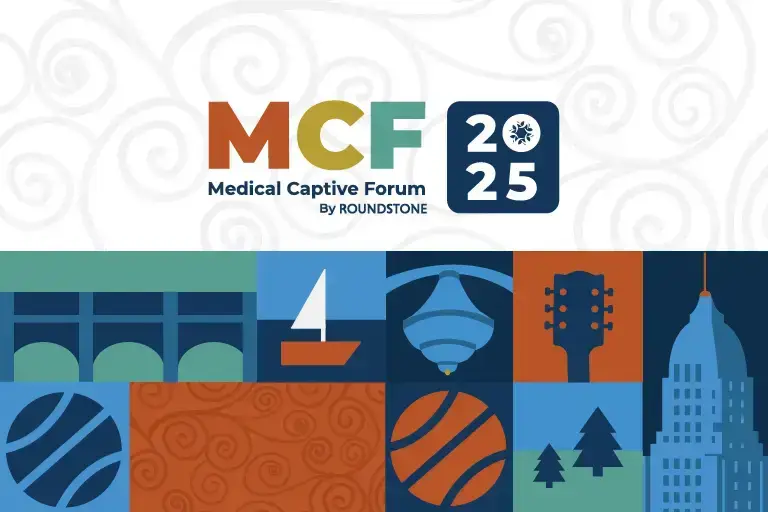Highlights
- Cost-containment strategies for catastrophic diagnoses are essential to a self-funded group captive insurance plan.
- A catastrophic diagnosis like cancer or kidney failure can result in atypical expenses.
- Encouraging regular visits to primary care providers is the number one way to manage catastrophic diagnosis costs.
- Companies can also manage catastrophic illnesses by educating employees about survivorship guidelines and encouraging them to follow them.
- Companies can save on catastrophic diagnosis claims by employing pre-authorizations, case management, and treatment reviews by TPAs.
- Working with a Center of Excellence network helps members obtain the best possible care while improving patient outcomes and saving on healthcare costs.
Implementing cost-containment strategies for catastrophic diagnoses is an essential component of managing costs in a self-funded health plan. In this article, we discuss five cost-containment strategies that can save your company money while providing high-quality care for your employees.
The Importance of Cost-Containment Strategies to Manage Catastrophic Diagnoses
Fully-insured healthcare plans often place catastrophic illness riders in their plans, limiting coverage for high-cost diagnoses and leaving patients and employers with astronomical bills.
With a group captive insurance plan with Roundstone, employers have the flexibility to build cost-containment strategies into their plan to manage the high cost of catastrophic diagnoses without passing those costs on to their employees.

What are Catastrophic Diagnoses?
The term “catastrophic diagnosis” refers to any health condition that is life-threatening or for which the prognosis is life-long disability. Catastrophic illnesses and conditions can include:
- Cancers
- Kidney failure
- Heart attack
- Stroke
- Major burns
- Sepsis
- Paralysis
- Preterm birth
- Postsurgical complications
Catastrophic diagnoses are extremely costly due to the necessity for transplants and other surgical procedures, continuous specialized treatments, long-term inpatient hospitalization, or oral and infused medications. Catastrophic diagnoses also place more strain on the entire body, often causing additional medical issues that need to be addressed.
Cost-Containment Strategies
A self-funded health plan can offer the flexibility and control you need to be proactive in the management of catastrophic diagnoses. Following are four ways that you can build cost-containment strategies into your plan — all of which are available to Roundstone captive participants.
1. Prioritize Primary Care by Improving Benefits
Improving use of primary care is the single most effective way to cut healthcare costs. Preventive visits and screening are critical in order to detect a potential or existing health concern in its early stages before it becomes catastrophic.
When doctors catch problems early, they encourage patients to get appropriate care when it’s the least expensive. Early detection and regular treatment is the best way to reduce the severity of a diagnosis long term, which benefits both your employee and your business.
The best way to encourage preventative screening and detection at the primary care level is to improve benefits. Employees are more likely to get routine screenings when they have low copays (preferably zero) and no deductibles. These are investments that pay off in the long run.
2. Improve Case Management With Prior Authorization
Companies can also save on catastrophic illness costs by implementing a prior authorization plan through their third-party administrators (TPAs).
Getting prior authorization from your TPAs for routine screenings and procedures such as mammograms and colonoscopies is crucial. If a test comes back positive, the prior authorization process becomes the first step to alerting the system that a member may be facing a major health issue.
Pre-authorization allows for better case management through education and access to screenings. It also facilitates treatment review to ensure the member is getting the best care possible in the most cost-effective way.
3. Consider a Second-Opinion Service
Second opinions have a mixed history. For years, studies showed that second opinions most often agreed with initial diagnoses, making them expensive for employers and insurance companies.
However, with new technology and services paired with a careful decision-making strategy, encouraging second opinions in certain situations can be a cost-effective way to manage healthcare spending.
Specifically, second opinions can pay off for elective procedures or high-cost diagnoses with multiple treatment options. They may also be cost-effective in situations where the evidence of disease is less than definitive.
One way to control costs of second opinions is to encourage patients to use high-volume, high-quality providers.
4. Partner With a Center of Excellence Network
A major cost-containing measure that can be implemented through a group captive plan is getting your members the best care. Better care equals fewer catastrophic claims because people are getting high-quality preventative services.
Roundstone works closely with services that connect captive members with Center of Excellence networks for high-cost, low-frequency medical procedures. A Center of Excellence network can narrow care networks, direct patients to high-performing surgical centers, provide straightforward fixed contracts, and allow for second-opinion services.
For example, a transplant network helps steer plan members to the right provider or surgical team, getting them to where services are available so they spend less time on a waitlist. The network also makes sure that plan members are educated about their medical treatment options.
These measures allow catastrophic conditions to be treated effectively and quickly, leading to lower long-term costs and healthier employees.
5. Implement Strong Survivorship Guidelines
Unfortunately, prioritizing primary care at the front end can’t prevent all catastrophic diagnoses. Your benefit plan would be well served by a good post-diagnosis strategy as well.
Enabling and encouraging insured members to follow post treatment survivorship guidelines for catastrophic diagnoses like cancer or organ transplant is another effective cost-containment strategy.
The costs of rehospitalization following cancer treatment or transplant can be astronomical. Once a patient has had cancer, for example, they are at greater risk than the general population of developing new cancers. For these reasons, patient education and follow-up screening are critical components of cost containment.
Cost-containment solutions for patients who have survived cancer or an organ transplant may take the form of patient management programs. These initiatives educate survivors about management guidelines and find coverage or incentive programs that encourage them to have follow-up visits and screenings as advised.

Manage Catastrophic Diagnoses With a Roundstone Group Captive Health Insurance Plan
With a group captive plan from Roundstone Insurance, you can take control of the medical care you provide your employees. Roundstone’s top-notch support team will work with you to implement cost-containment strategies that will transform the quality of care you provide your employees while saving your company money.
To learn more about what group captive insurance with Roundstone can do for your business, request a proposal and benchmark review today.
To find out more about the difference cost-containment solutions can make to the health of your employees and your business, download our free e-Book.
Material for this article was drawn from Managing Catastrophic Diagnoses, a breakout session at the 2021 Medical Captive Forum. Our thanks go to Nate Szabo, Roundstone cost-containment consultant, and Roundstone’s cost-containment clinicians.










